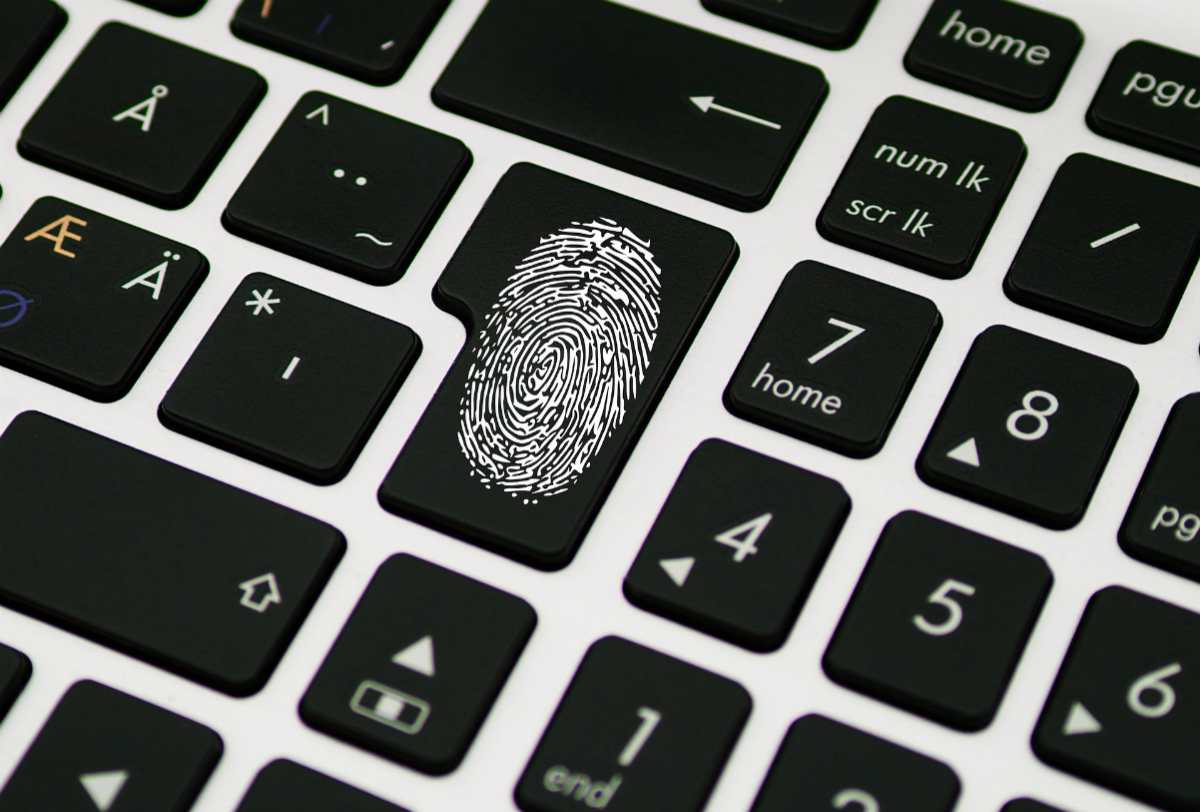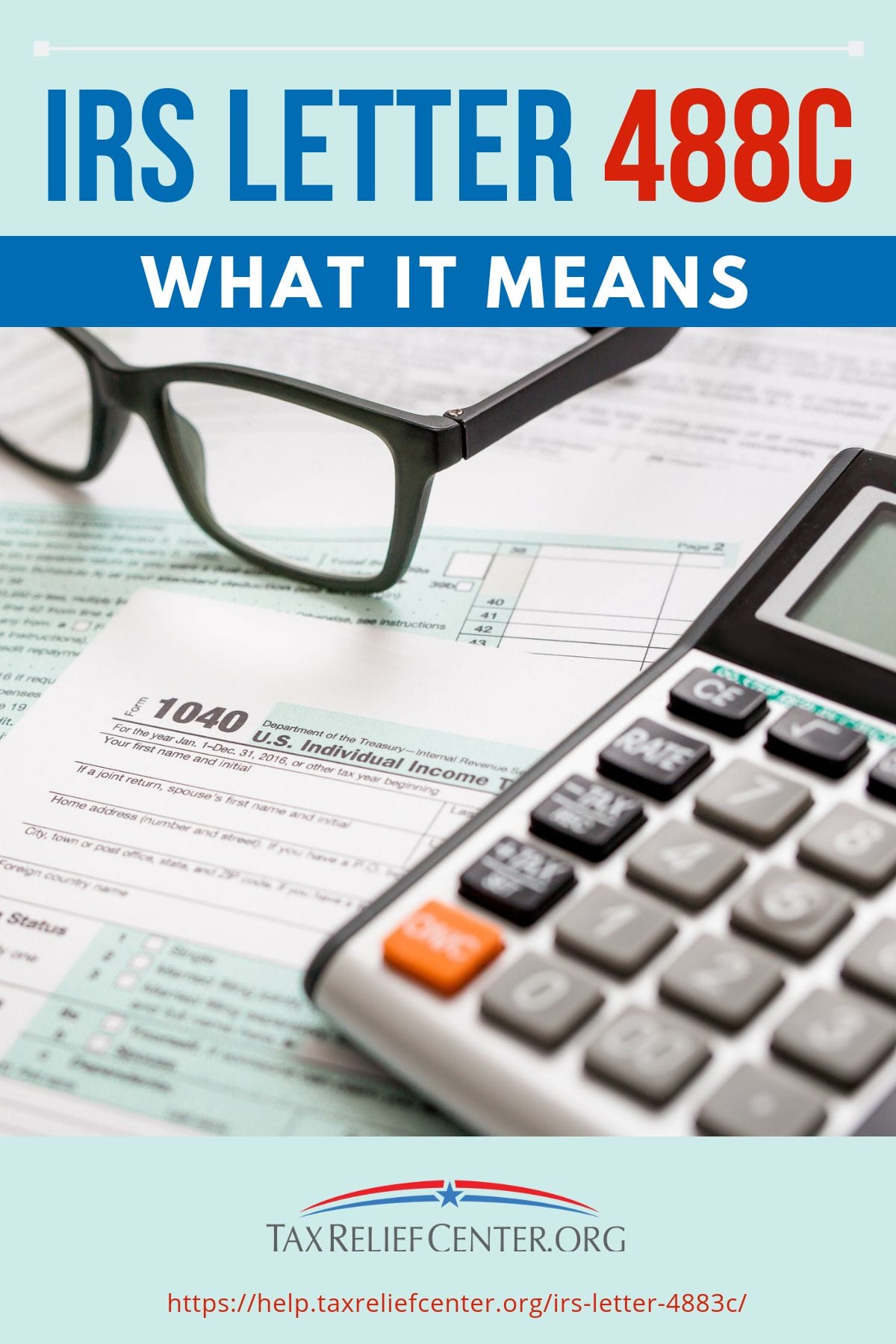Let’s set the record straight about details from an income tax return with the IRS Letter 4883C.
RELATED: IRS Form 8962 [Calculate Premium Tax Credit]
In this article:
- What Is Tax Identity Fraud?
- How Common Is Tax Fraud?
- What Is Identity Verification?
- What Is IRS Letter 4883C?
- What Is the Difference Between Letter 4883C and 5071C?
- What Can a Taxpayer Do If They Get IRS Letter 4883C?
- What Happens During the Call?
- How Many Calls Should a Taxpayer Make?
- Does the IRS Verify Identity Online?
- Is the Website www.idverify.irs.gov Fake?
- What Are Some Tips to Remember?
- How Can One Know If the IRS Letter Is Fraudulent?
IRS Letter 4883C | The Basics You Need to Know
What Is Tax Identity Fraud?
Receiving a notice such as 4883C is enough to send any taxpayer into a nervous frenzy. Did they do something wrong with their tax returns?
The Internal Revenue Service (IRS) is the primary department responsible for collecting tax revenues, but its list of jobs doesn’t stop there.
As part of a fair tax collection process, it tries to seek additional personal identity information from the people who pay taxes.
There are a couple of reasons for doing this, but one of the most common is tax identity fraud.
A popular form of tax fraud is identity theft. It happens when someone else tries to steal the refund by using the taxpayer’s Social Security number and tax identification number to file a tax return.
It is a crime that is becoming rampant, so the IRS is looking for ways to curb it through an identity verification process and letters.
To be specific, when another person lodges a tax return under a taxpayer’s name and the latter files a real one, the IRS may reject it.
If the IRS doesn’t have a verification system, the department will process the fake return, and the fraudster can then receive the tax refund.
With 4883C, the IRS can confirm tax-related information from the taxpayer. Subsequently, it can determine if, indeed, there was an attempt at fraud.
In case there’s identity theft, the IRS can open an investigation. It will then stop the processing of the fake return and coordinate with law enforcement agencies.
It also benefits the taxpayer in other ways. One of these is the possibility they may be a victim of other forms of identity theft.
They can then take the necessary actions to resolve the problem and increase their security measures so it won’t happen again.
How Common Is Tax Fraud?
Since 2014, the IRS had 2,412 investigations into tax identity theft with almost as many convictions. The incarceration rate for these cases is around 87%.
With the identity verification services, the IRS wants to make sure no one else is filing a return under the taxpayer’s name and getting the refund.
The process seems to be highly effective. The agency was able to keep more than $180 million in false refunds from going out. It also found over 31,000 fake returns.
What Is Identity Verification?
It is exactly what it sounds like. The IRS wants a taxpayer to verify if he or she is truly the one who filed the tax return and to report if they’ve become victim to tax-related identity theft.
Identity verification protects taxpayers from having someone else file a return under their name.
What Is IRS Letter 4883C?
Letter 4883C is one of two letters the IRS uses to verify the identity of people who file taxes. Along with letter 5071C, the IRS is looking to reduce incidents of tax identity theft.
These two letters are similar, but they also have notable differences.
What Is the Difference Between Letter 4883C and 5071C?
IRS letter 4883C goes out when the agency needs more information to process a return supposedly issued by the taxpayer.
It does not mean someone filed a fake return. Instead, it implies it does not have all the information it needs to process it.
It might be the taxpayer forgot to include essential information, or some data doesn’t add up.
During the course of the verification, though, it can detect the authenticity of the tax return.
When a person receives an IRS letter 5071C, it means the agency suspects someone else filed the return.
According to the IRS, letter 5071C goes out to verify the identity of the filer as part of their identity verification methods.
RELATED: Where Is My Tax Refund? Troubleshooting Tips For Receiving Your Refund
What Can a Taxpayer Do If They Get IRS Letter 4883C?
Once the taxpayer receives a letter, one of the first things they need to do is to keep calm. They should take a deep breath.
Any IRS notice can be frightening, and the fear may only make a person more prone to committing mistakes.
It should be clear this letter doesn’t constitute a tax review or audit. It also doesn’t immediately mean there is already identity theft.
The IRS just wants to make sure the taxpayer filing the taxes will receive the tax refund due.
In the letter, the agency will provide the following information:
- Tax return in question
- Reason for the letter
- Telephone number to call
- Best time to call the number
- Options in case the taxpayer cannot make the phone call themselves
It also lists down some documents that should be present during the call. These include the following:
- A prior year tax return
- The tax return for the year listed on the letter
- Other supporting documents such as W-2
- IRS 4883C letter
What Happens During the Call?
The best way to deal with 4883C is to call the IRS using the phone number provided during the suggested period. A representative will pick up the call and proceed with the verification process.
Sometimes the call can be nerve-racking. It’s also possible the person doesn’t have a lot of tax knowledge to answer all the questions.
In this case, the taxpayer can have a tax professional present during the conversation. They don’t need to interact with the IRS, but they can guide their client.
Another option is to exercise the power of attorney, which is allowable if the taxpayer also filed Form 2848. The person may answer the question on behalf of the taxpayer, but their client still needs to be present during the entire call.
On average, the call lasts for 40 minutes. In between, the IRS may put the person on hold to either take notes or gather more questions. The queries can vary, but they usually focus on the following:
- Full name of the taxpayer
- Social Security number
- Information about the return, such as the date they filed a tax return
- Listed dependents, if there are any
- Other forms filed within the year in question
- Date of birth
- The address listed in the tax return
- Estimated tax payments
- Claimed credits and tax deductions
- Adjusted gross income (AGI)
- Tax relief agreements filed
The IRS agent may ask these through multiple-choice questions. In some cases, they may wait for the person to provide the answer.
Online, you’ll find some personal stories that involved the IRS asking questions that may also be in the credit report such as mortgage payments. These are only soft queries, and they don’t affect the credit score.
It’s also possible the person needs to verify information on other people’s behalf. Take, for example, children listed as dependents.
The IRS may ask for their birth dates, income, or the taxes filed. This is because scammers can also use them or non-existent children to obtain deductions or tax credits.
What Is Adjusted Gross Income (AGI)? It refers to the difference between tax deductions and total gross income.
How Many Calls Should a Taxpayer Make?
Usually, one phone call is enough. Otherwise, the IRS may request the taxpayer, along with their authorized representative including a tax attorney, to appear in person.
When that happens, they still need to bring the requirements above during the meeting.
If the IRS confirms someone else filed a fraudulent tax return, they can ask the taxpayer to file a complaint about it.
The taxpayer only has 30 days to act on the letter. If the time elapses before they can verify their identity, the IRS won’t process the tax return until they do so.
In situations when the person is not able to make the phone call, they can ask the IRS to initiate the contact. They can fax a reply letter, along with their phone number and the ideal time to call.
Does the IRS Verify Identity Online?
Yes, through the IRS ID Verification Service. However, they only do this for those with a 5071C letter, not for those who received a 4883C letter.
For the latter, suspicions of identity theft can be reported by calling the IRS on the toll-free number provided in the letter.
How to Use the IRS ID Verification Service
- The taxpayer logs into the IRS platform through the website.
- The taxpayer provides all relevant information pertaining to his or her identity and the tax return in question.
If the taxpayer hasn’t registered for the IRS online verification service yet, he or she won’t be able to use the online identity verification service. To register, one needs the following requirements:
- Social Security Number and birthday
- The previous year’s tax return’s filing status and mailing address, regardless if it’s different from the one just filed
- Access to the taxpayer’s email account
- Taxpayer’s personal student loan, mortgage, home equity loan, credit card, car loan, or home equity credit line account number
- Taxpayer’s mobile phone number
- Copy of the 5071C letter
- Income tax return for the year cited in the 5071C letter
Is the Website www.idverify.irs.gov Fake?
No, the website was a legitimate one.
It was legitimate because, as of August 2016, the website has been shut down. In its stead, the IRS now conducts online identity verification through a new website.
What Are Some Tips to Remember?
To further help the taxpayer deal with the 4883C, here are some tips:
- Don’t provide any information not asked.
- A phone call with the IRS can be stressful, but don’t let it get in the way when trying to provide the answers. Take the time to pore over the documents to supply the necessary information.
- Don’t lie as it can spell much bigger trouble.
- When a person suspects tax fraud, they can request assistance from the IRS.
- Be patient. The process may take more than one phone call in some situations.
- Don’t make the call unless all the documents are ready.
Taxpayers who want to minimize the risk of further delays or worse, declined applications for tax refunds, must make sure all relevant information about the filing is available and accurate. There are times when even just a seemingly insignificant piece of information can upend everything.
For example, some taxpayers who the IRS asked to verify their identities surprisingly failed their identity verifications. And the only reason they “failed” was because they forgot their investment fund administrator who gave them Form 1099.
How Can One Know If the IRS Letter Is Fraudulent?
The 4883C is a legitimate demand from the IRS, but it doesn’t mean it’s not immune from scammers, too. How can a taxpayer guarantee it’s an official notice from the department?
- The IRS doesn’t send it through e-mail. This is because phishing emails are some of the most common tactics to steal personal information.
- The letter doesn’t provide any amount the taxpayer owes.
- It doesn’t require any financial information from the person such as credit card numbers.
- It doesn’t threaten to send the local police at the person’s doorstep.
What Is Phishing? It is a fraudulent online practice wherein a scammer presents itself as a legitimate institution to compel a target person to provide personally identifiable information. A common technique is to send an email requesting for passwords, usernames, and credit card details.
Keep in mind the IRS will never ask a person to identify themselves through an email. It will only use either the IRS letter 4883C or 5071C.
A taxpayer who receives a phone call or email prior to receiving the letter should not entertain it or answer the questions.
Meanwhile, for those who receive the IRS letter 4883C, they need to act on it as soon as possible. The processing of a tax refund can take as long as nine weeks.
But more importantly, a taxpayer should act on the letter as calmly as possible to avoid costly errors during verification. Acting fast and calm is the way to go.
Do you have other questions regarding IRS letter 4883C? Share them below, and we will try our best to answer them.
If you owe back taxes, visit taxreliefcenter.org for more information on tax relief options.
Up Next:
- IRS Letter 4464C | What It Means
- Complete Guide To IRS Form 8283
- Failure To Deposit: IRS 941 Late Payment Penalties
Editor’s Note: This article was originally published on May 29, 2018, and has been updated for quality and relevancy.




